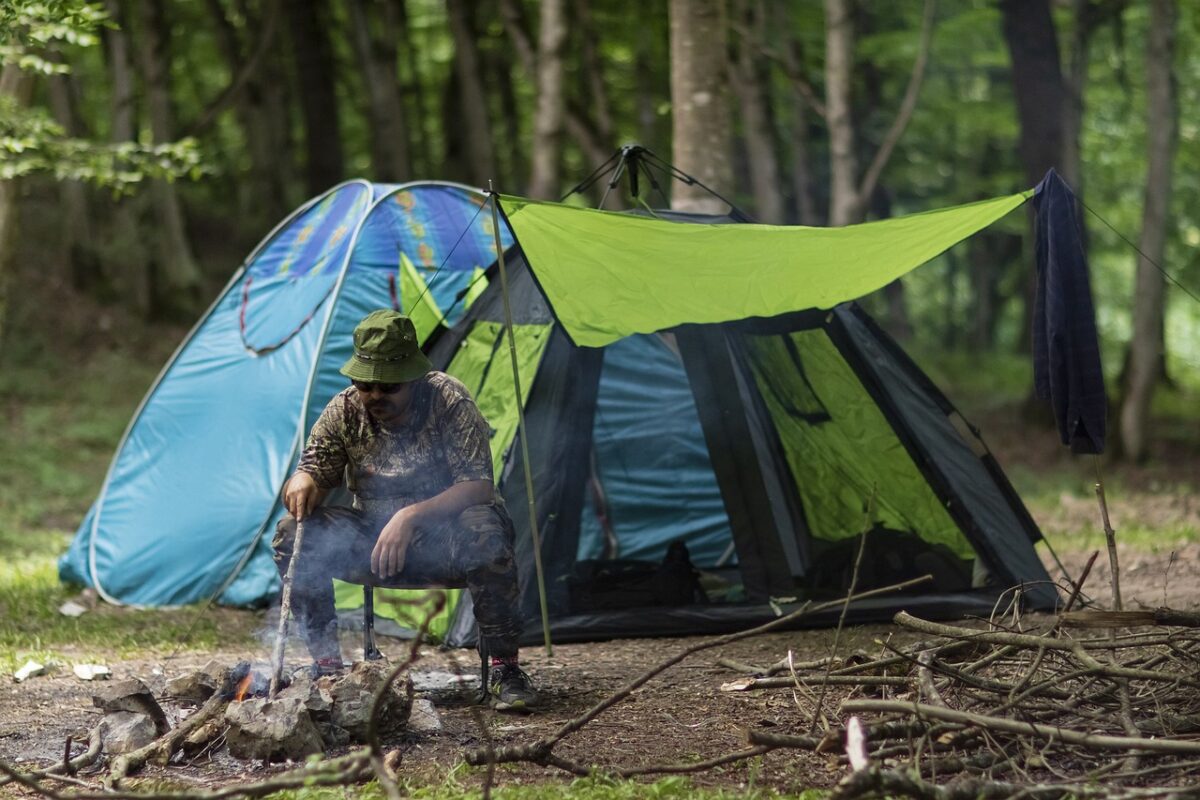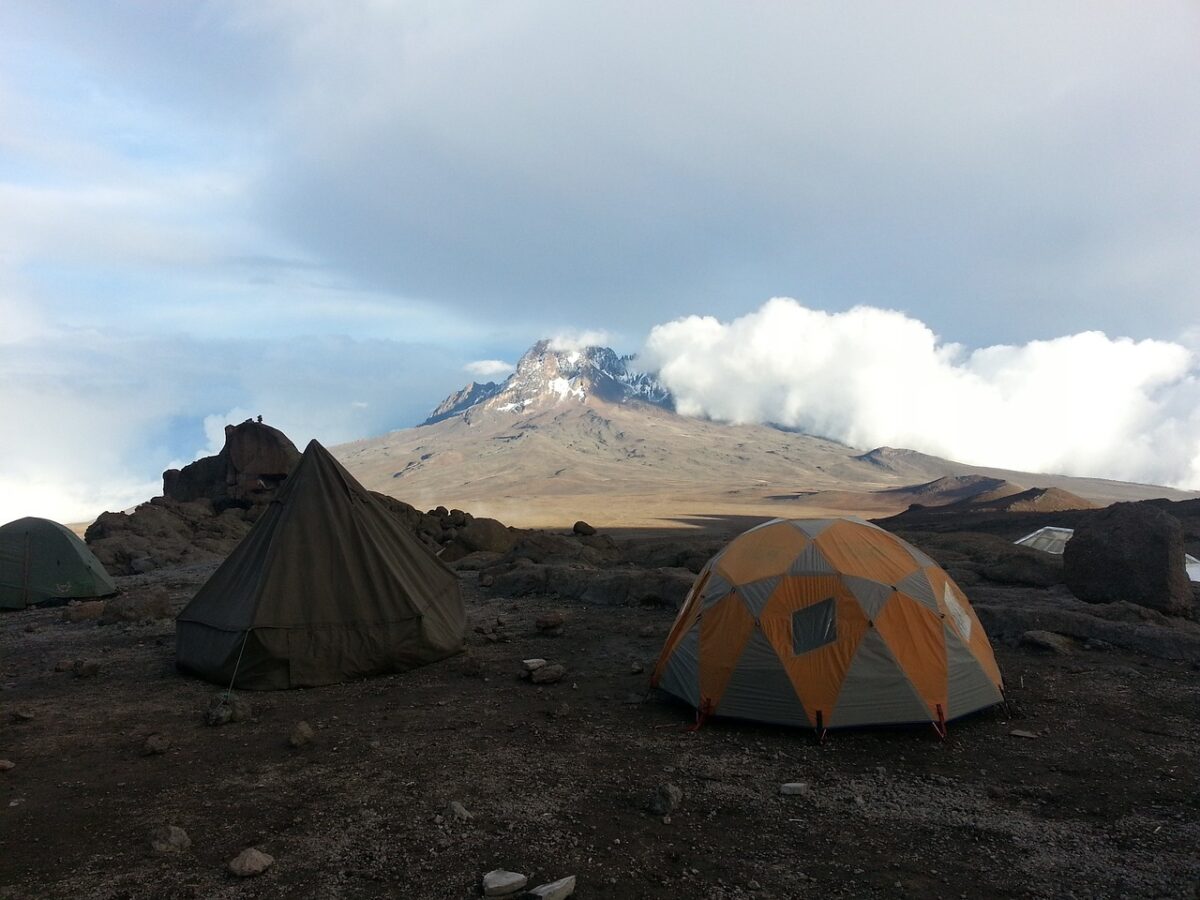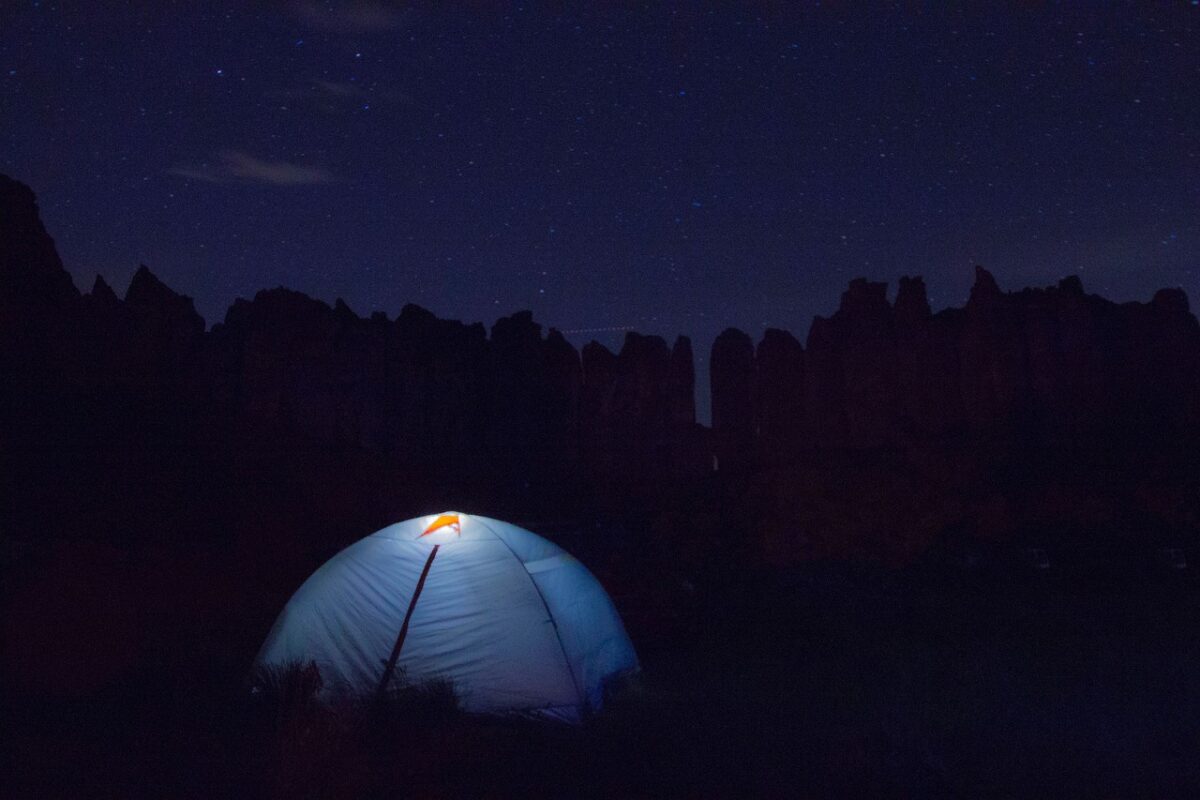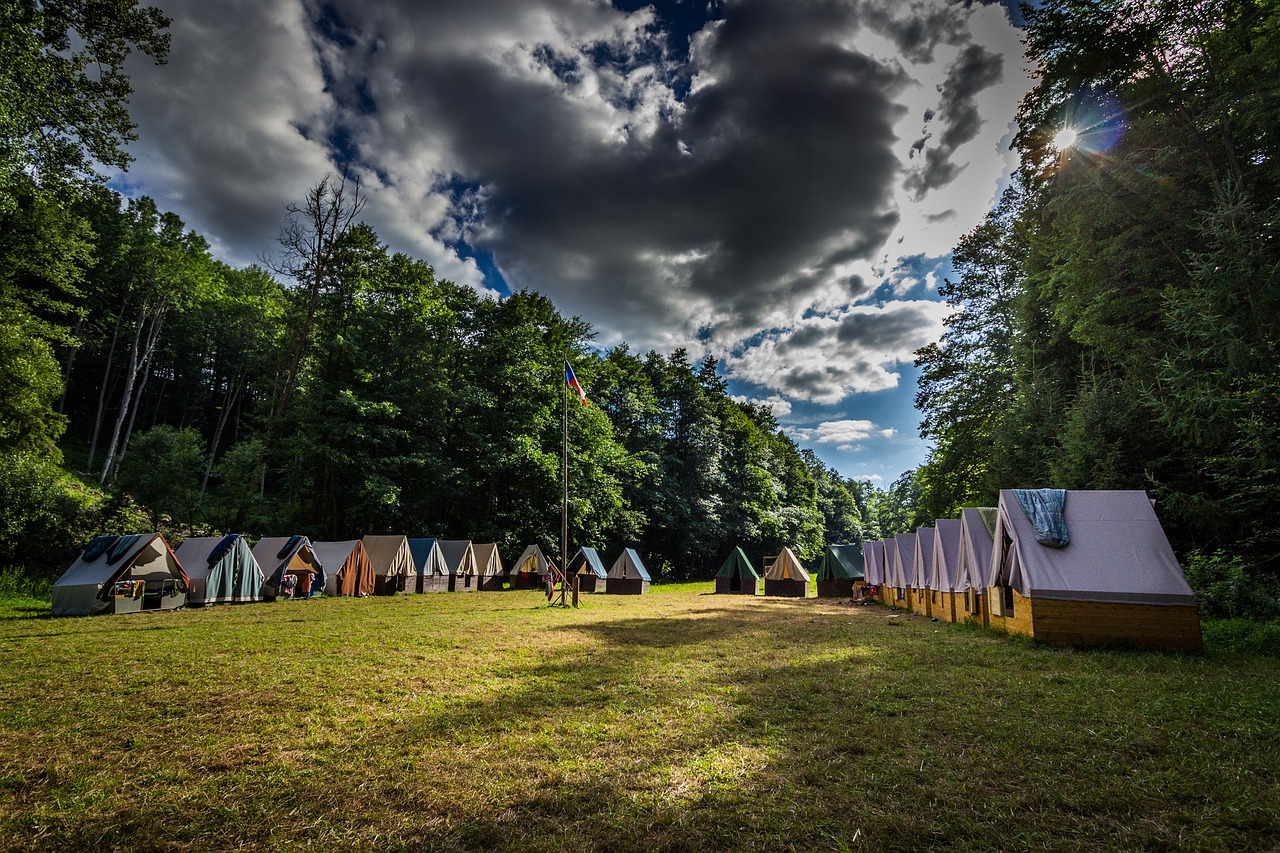Camping, a cherished escape from the hustle and bustle of daily life, can quickly turn into a sweaty and irritable experience if subjected to relentless heat. The elevated temperatures not only become a menace to your comfort but can also risk dehydration or heat exhaustion. This guide responds to common queries like “How can I make my camping tent cooler?” and “How do I keep my tent cool without power?” by providing a comprehensive exploration into strategies for keeping cool during your camping adventure.
Pitch Your Tent in a Shady Spot
The choice of your campsite acts as the first line of defense against the blazing sun. Selecting a sheltered location to pitch your tent, such as under a cluster of trees or in the shadow of a hill, effectively shields your shelter from direct sun exposure. This strategy not only decreases the inflow of heat but also provides a serene and nature-embraced campsite. However, while scouting for such locations, prioritize safety; and avoid potentially dangerous spots like under dead trees or on loose soil on the slopes.
Creating Your Own Shade
Often, the terrains may not be generous enough to provide natural shade. In such cases, channel your survival instincts and resources to design shade for yourself. Bringing along a lightweight, compact pop-up shade canopy or a camping tarp can offer an effective solution. Erect these to cover your tent, providing an immediate barrier to the sun. It creates a significantly cooler space both inside and outside your tent, offering you a reprieve from the harsh afternoon sun and facilitating more comfortable daytime activities.

Use a Reflective Sunshade for Enhanced Protection
When the sun’s rays beam down intensely, consider using a reflective sunshade. This device works as a radiation shield, reflecting sunlight and drawing heat away, unlike the traditional materials that tend to absorb and trap heat. In an open clearing with the sun blazing down, this rudimentary piece of equipment can play a significant role in reducing the magnitude of heat creeping into your tent.
Ditch the Rainfly if There’s No Rain in the Forecast
Rainflies act as a formidable protector against the rain and wind. However, they are also culprits in trapping heat inside your tent. If the weather predictions show clear skies, disengage the rain fly from your tent. The absence of a rainfly enables a breezy air circulation through the tent, mitigating the internal humidity and fostering a cooler climate.
Flatten Your Tent During the Peak Heat
While out and about exploring the wilderness during the day, your unoccupied tent can unwittingly transform into a furnace from the relentless sun exposure. One helpful trick is to flatten your tent when it’s unoccupied during peak heat hours. This approach significantly undermines the build-up of heat, welcoming you with a cool retreat when it’s time to unwind and relax.
Choose a Tent Designed for the Occasion
The design and material of your tent substantially influence its heat absorption properties. Summer tents or 3-season tents equipped with large mesh panels or venting mechanisms make the best companions for a hot day. These types of tents prioritize breathability and circulation, checking the build-up of heat and humidity, and creating a cool and refreshing shelter to relish the otherwise muggy days.

Opt for a Larger Tent
If it’s within means, a larger tent is a desirable choice for warmer weather conditions. A larger amount of air resides within its expanse, which means it retains less heat compared to a smaller, cramped tent. Moreover, with fewer people in a larger space, body heat dissipation rates decline, contributing to a drop in overall warmth. Not to mention, everyone gets a little extra room to stretch out and enjoy the nights!
Maximize Ventilation by Opening the Vents
It’s a simple connection; better-ventilated tents sustain cooler atmospheres. When pitching your tent, ensure it faces the wind and open up all the vents and windows. The resulting draft facilitates a wholesome exchange of air, expelling the hot air while inviting the cooler evening breeze inside.
Reducing Heat in Your Tent: The Essentials
Those fundamental questions about dealing with heat during camping can be addressed by combining strategic pitching, artificial shading with canopies, use of reflective sunshades, removal of heat-trapping accessories, and choosing vented, breathable tents. The synergy of these measures effectively overturns the impact of the sun, creating a pleasant camping setting.
Keeping Tent Cool without Power: Old-School Wisdom
While many may look for electronic solutions, traditional wisdom holds resounding value. Using tree canopies for shade, pitching in the direction of the wind for better ventilation, or even opting for larger tents can make a significant difference. Supplement these with modern resources like a small battery-operated fan to establish a continual breeze for a luxurious camping experience.

Keeping Your Tent Cool and Dark: Mastering the Art
Blend the principles of shade, reflection, and ventilation to maintain a cool tent environment. Also, opt for blackout or dark material tents or use dark sheets or liners within your tent to block out light. These not only curb the heat but also offer the gift of sleep in a cool, dim space even amidst the sun-kissed landscapes.
Your camping experience never needs to be a sizzling experience, even in the heart of summer. Through a blend of smart planning and our useful tips on how to Stay Cool During Tent Camping, utilizing the right gear, and adhering to strategic practices, you can transform your tent into a cool and comfortable haven amidst the enchanting outdoors. Imbibe these insights and tactics, and look forward to a blissful rendezvous with nature on your next camping trip, unperturbed by the heat!

Leave a Reply
You must be logged in to post a comment.